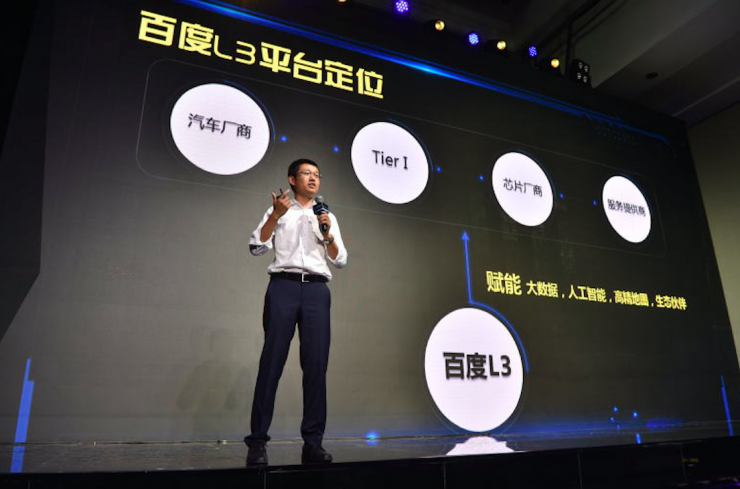
In addition to the Baidu Auto Drive Division established last year, Baidu now has one more business unit related to autopilot.
At the "Service Ecology Forum" held at the Baidu World Congress on September 1, Bai Wei, the general manager of Baidu L3 Business Unit, announced the establishment of the Baidu L3 Business Unit. Gu Weiwei was formerly the deputy general manager of Baidu Maps Division, the general manager of the Vehicle Connectivity Division, and the general manager of Smart Automotive.
According to Gu Weiwei, the L3 business unit was born in the Baidu Maps Division. “Strictly speaking, the (L3 business unit) is independent of Baidu's map business, including car networking, high-precision maps, visual and object recognition. (Team), people still call this.†Gu Weiwei told Lei Feng in an exclusive interview with the media (search “Lei Feng Net†public concern) .
What is L3? "L3" refers to automatic driving under limited conditions. Reference is made to the NHTSA (U.S. Highway Safety Administration) standard, which requires the driver to put his hand on the steering wheel (or to sit in the driver's seat) when driving. Emergency situations require automatic intervention with necessary manual intervention.
The L3 auto-driving solution launched by Baidu L3 Division also targets this area. The program will be mainly used in the following situations: auto follow-up, automatic overtaking, automatic lane change, automatic parking, and automatic recall in the normal road environment.
Among these, the two main scenarios to be solved are highways and parking lots.
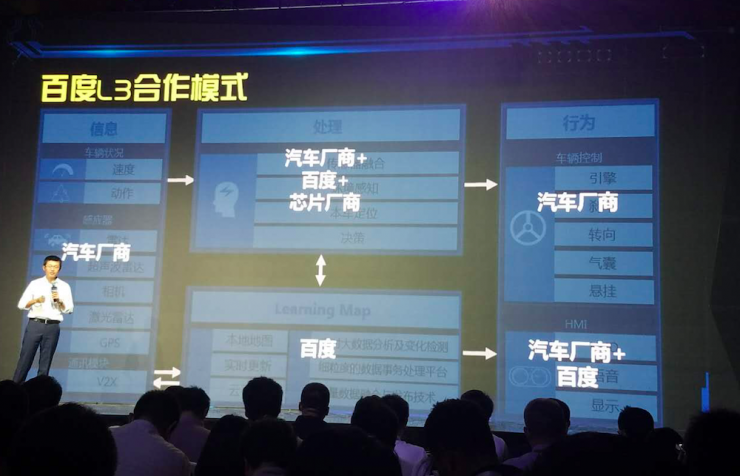
What the L3 division wanted to do was to launch the L3 autopilot solution and use Baidu's technologies in artificial intelligence, big data, and high-precision maps to promote the intelligent upgrade of the automotive industry.
“L1 and L2 are focused on sensors. OEMs and Tier1 are already very mature. What we do is to integrate the learning map, the ability to visually include perception, etc. We only do software, not to make a complete vehicle, but to The depot and chip makers will work together to build a L3 (capacity) vehicle for the depot as soon as possible.†Gu Weiwei told us.
Specific to the product level, Baidu L3 Division aims at products that 2018 or 2020 automobile manufacturers have planned to mass produce.
In March of this year, Baidu proposed a smart car strategy and was supported by more than 60 partners, including auto makers and chip makers. In his exchanges with partners, Gu Weiyi stated that they are also constantly pondering the question: What will the future be like? What will you do in the automotive industry in the future? What is the value of smart car products for the future?
The L3 division is an answer they recently found.
Walking on two legs 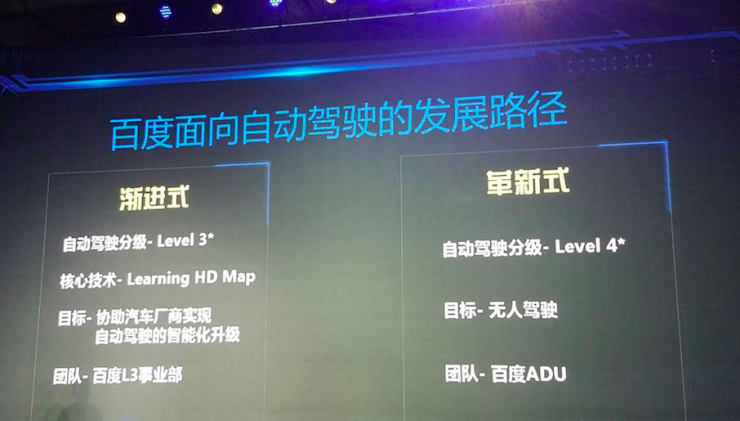
At the forum, Gu Weiyi introduced two paths for the development of Baidu's autonomous driving: First, gradual innovation, and second, a catastrophic revolution.
Gradual innovation, the subject of the Auto Industry Revolution Level 3, is what Baidu L3 Division did.
In the case of the catastrophic revolution, the standard for the target is L4. The team responsible for this work is the Baidu ADU (Baidu Auto Drive Division) team.
The goals and paths for the two to achieve autonomous driving are not the same: The L3 division is more accomplished with high-precision maps, radar, and vision, and the targeted scene is manned, with solutions in high-speed, parking areas ; ADU In relation to Lidar, it solves the completely unmanned, all-environment auto-driving solutions and its business model is more like Uber or time-sharing .
L3 solves more pressing and pragmatic issues and helps traditional car manufacturers to transform themselves into smart cars in the area of ​​automated driving. ADU is more forward-looking and will solve long-term problems. Compared with the two, the former is clearly a path that is more easily settled and quickly realized in the short term.
As to whether or not the ADU established in December last year is coordinated with the existing L3 division, Gu Weijun told us that the goals of the two parties have not been the same in the past few years, but there will be synergy within.
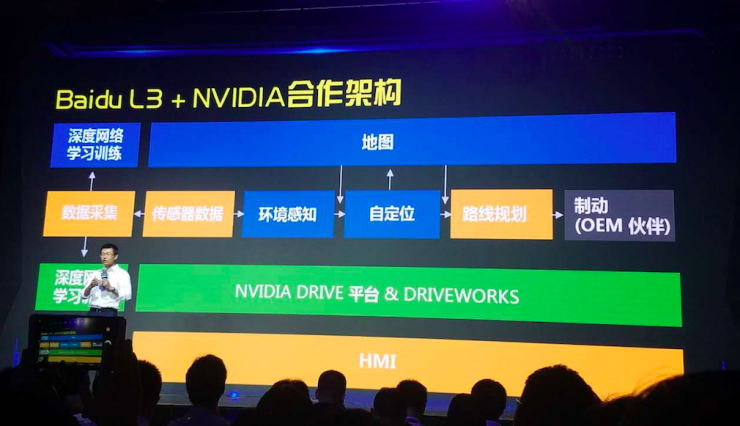
Unlike completely unmanned driving, the L3 is an auto-driving strategy where automotive manufacturers are synchronized, step-by-step, and more easily landed. Therefore, Baidu also cooperates with Nvidia. The cooperation between the two parties is similar to that of Delphi and Mobileye, which was jointly developed shortly before, to jointly develop an automated driving solution and then sell it to automakers. This is quite attractive for some auto manufacturers with weak R&D capabilities.
It is understood that the establishment of the L3 division has been less than two weeks. Gu Weiyi said that he will hold an L3 auto driving strategy conference in the next month or two. He will announce in detail the progress and details of the cooperation between the L3 division and auto makers.
Related Reading:
Baidu Does More Than Drivers, Smart Cars |
Baidu will set up an L3 business unit to accelerate the development of unmanned commercial vehicles. | New Driving
Welcome attention to new intellectual driving. Wechat add "New Driver" to subscribe to the public number.

XB4 series Pushbutton Switch are used in industrial for controlling circuits of AC50Hz or 60Hz,rated operation voltage 380V or below and DC operational Voltage 220V or below for controlling in magnetic starter, contactor,relay and other electrical circuits. The buttons indicators can also be used in the place with indicated light or signal. They meet with the standards: IEC 60947-5-1.
XB4 Series Metal Pushbutton Switch is the new design in the field of Push Button Switch. Which with stronger metal plate and very easy to be installed.
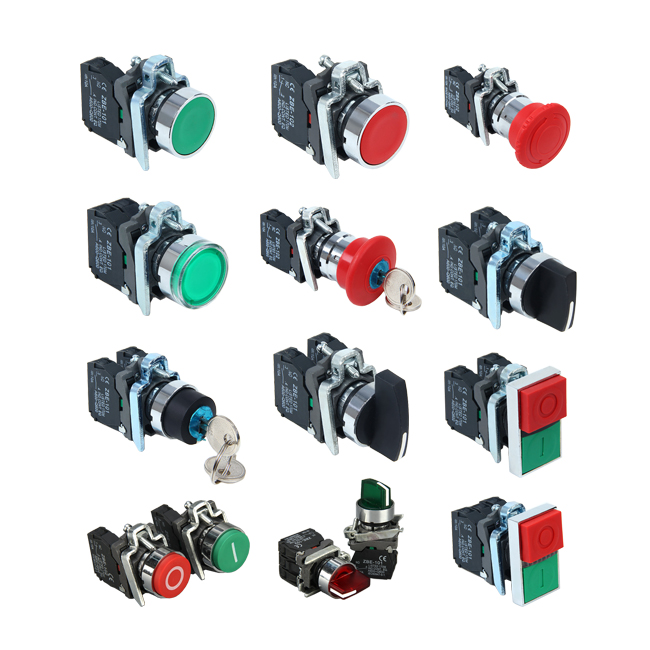
XB4 Series Pushbtton Switch,Push Button Power Switch,Mini Push Button Switch,Push Button Lamp Switch
Ningbo Bond Industrial Electric Co., Ltd. , https://www.bondelectro.com
